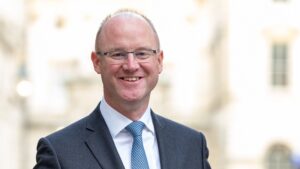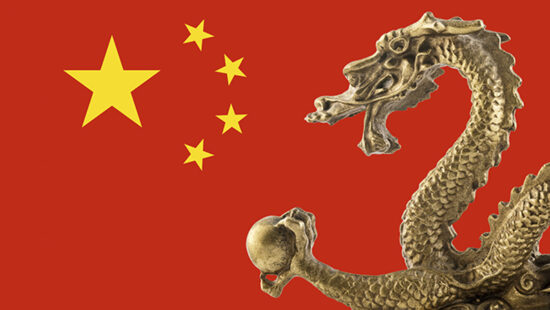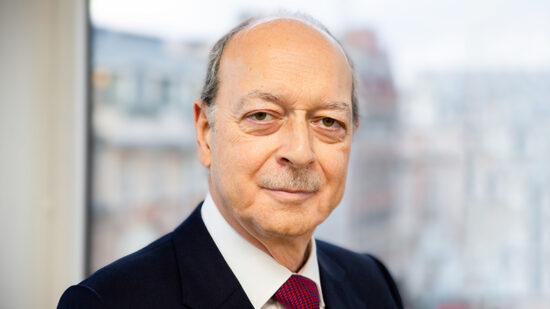Neil Woodford’s former investment trust could see gains of 22% if positive news flow comes through over the next couple of months, according to Stifel analysts.
The £220.8m Schroders UK Public Private Trust was officially handed over to its new managers, Tim Creed (pictured) and Ben Wicks, at the end of 2019. When their appointment was announced in October 2019, shares jumped 15% to 35p. The current share price is 31p.
Ex-Woodford fund manager Paul Lamacraft also joined Schroders in January to work on the trust.
In an analyst note published on Tuesday, Stifel argued the investment trust could start to trade at a more typical private equity discount of 15% to 20% if there are improvements to the net asset value, which was 46.1p at its last valuation at the end of March, or if cash from realisations is used to reduce debt.
The current discount on the investment trust is 38.3%, slightly narrower than the 42% average discount it’s been trading at over the last 12 months.
The Stifel analysts noted the trust declined 6.9% over Q1, including a 15.6% drop in the small allocation to quoted companies that had been hit by the coronavirus sell-off. Autolus Therapeutics had fallen 55.6% over Q1, but that holding is now up around 20% from the start of 2020.
The sector mix also implied the investment trust should be performing better, with 69% of the portfolio, or 88% of NAV once gearing is taken into account, in healthcare or tech. Stifel described Schroders UK Public Private as being left behind while other funds investing in those two sectors were trading at either a premium to NAV or a narrow discount.
The analysts admitted leverage on Schroders UK Public Private Trust was a concern.
The investment trust has a £150m loan facility with Northern Trust up until 15 January secured against its assets. The managers cannot make further investments until certain repayments have been made and must payoff debts with any proceeds from realisations. The balance of unquoted and quoted companies must also be maintained at a certain level.
While the net debt figure reduced from £113m to £105m over Q1 the fall in valuations over the same time period meant net debt was still high at 25% of NAV, as of the end of March.
But maturing unquoteds formed part of Stifel’s bull case for the investment trust and it also said the investment trust might be able to negotiate a long-term debt facility.
“The unquoteds are now maturing and the initial portfolio should be through the J-curve with scope for realisations as they mature. In a normal private equity type situation we would expect to see realisations from the more mature investments at gains above prior valuations.”
However, the analysts also noted some investments were of a venture capital nature, which may require further funding.
At the end of 2019, Schroders UK Public Private had outstanding commitments of £5.5m and a manager update in May revealed 28% of portfolio companies require further funding, although it also reiterated the trust would not be an endless source of funding. That same presentation revealed 40% of the portfolio was in companies that would benefit from the Covid-19 or remain resilient through the crisis.
Rutherford Health, Oxford Nanopore and Benevolent AI were spotlighted by the managers as companies that had indirectly or directly benefitted from the coronavirus.
Stifel remained positive on the Schroders team. “The level of reporting, portfolio disclosure and the willingness to do investor presentations is a significant improvement over that seen from Woodford Investment Management.”
The analysts concluded: “If we do start to see some positive newsflow on portfolio investments and realisations, we think there is scope for some recovery in the share price.”
In such a case the share price could rise to 38p, an increase of 22%.
See also: Schroders trust makes headway despite Woodford ‘baggage’ and virus crisis







